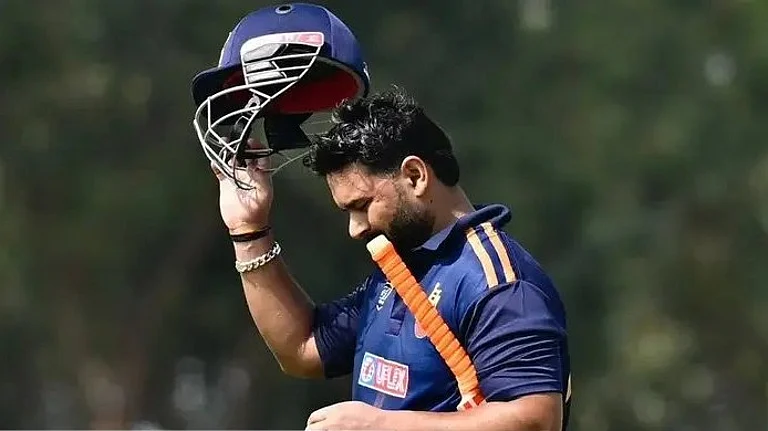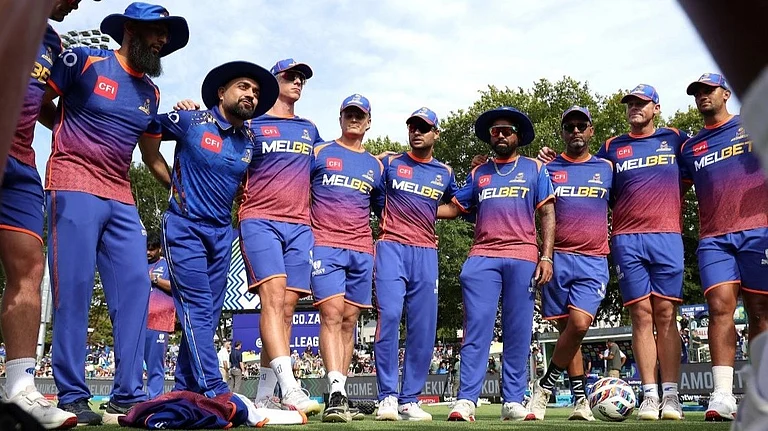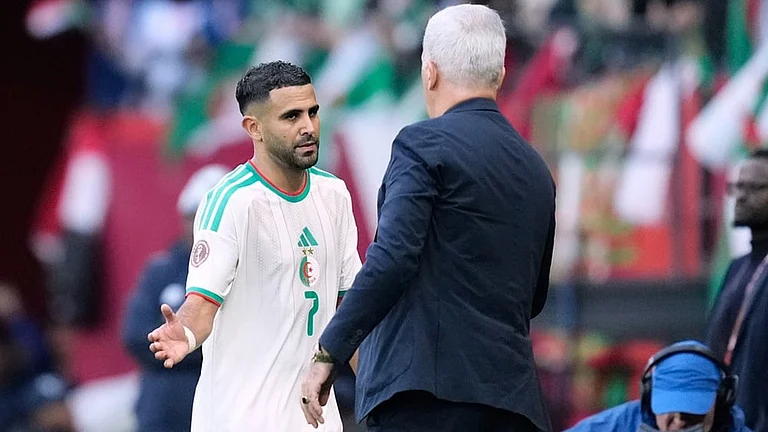The practice of violence, like all action, changes the world, but the most probable change is a more violent world.
—Hannah Arendt
In 2007, in the aftermath of Nandigram, I wrote that violence had become the most important issue we needed to debate. However, political assassination in India is the ground shared by enemies, and by mutual consent, remains unspeakable. A frank discussion would reveal our double-standards: my violence is better than your violence. And when we focus only on 'who started it', we're led into an infinite regression. In our fractured ethos, we are moved to tears by the plight of our preferred victims, but impervious to the suffering of others.
Class society is held together by the threat and reality of violence—it is the very grammar of exploitation, and it tends to break free of institutional constraints, to overtake the end for which it is a means, and become a force in itself. That is why bands of warriors are the most stable feature of class society. Tragically, communists have barely noticed that capitalism thrives on violence, and that armed struggles strengthen the state and the arms industry.
Left politics was meant to be the civic sense of a (potentially) just and equitable order. This was what was meant by the saying: "There is another world, and it is in this one." As such, leftists must hold themselves to a higher standard than the ruling classes. Yet the sorry fact is that a fractious communist movement has proven incapable of self-reflection when it comes to understanding its own decline. The major left currents have never repudiated the practice of political assassination. This has fostered a reliance on intimidation that ultimately erases any sense of reality. The fact that a CPI(M) leader in Kerala could so easily avow murder, shows that brutality has become normalised in Indian politics—and that the left has contributed to it. Instead of providing a wholesome alternative to violent reality, it has become an indistinguishable feature of it.
India has an old political militarist tradition. It was called revolutionary terrorism in the 1920s. Maoists and Hindu rashtravadis are among its many offspring. Savarkar's favourite slogan was 'Militarise Hindudom'! Subhas Bose was attracted by uniforms and military dictators. The RSS has maintained itself in para-military format since its inception; and communists tended to glorify People's War: the CPI even launched a futile armed revolution in 1948. (Today's Maoists claim to be completing that unfinished task). In the 1980s the Khalistanis organised 'commando forces'. Islamist guerrillas see themselves as warriors of Allah. The Northeast is teeming with generalissimos. There are also private armies such as the Ranvir Sena and Salwa Judum.
In established common sense, terrorist violence is anti-national, but mass-murder, as in 1984 and 2002, was merely unfortunate. However, all these controlled mobs possess common features. Inspired by heaven or history, they are fixated by martyrdom, and look upon civil society as a war zone. And they believe their own superior knowledge plus good intentions entitle them to engage in murderous activities on behalf of some class of persons. This is where public awareness has to play a role. Once more, it is time to tell the political warriors that democracy does not include a 'right to kill'.
A shorter, edited version of this appears in print


























